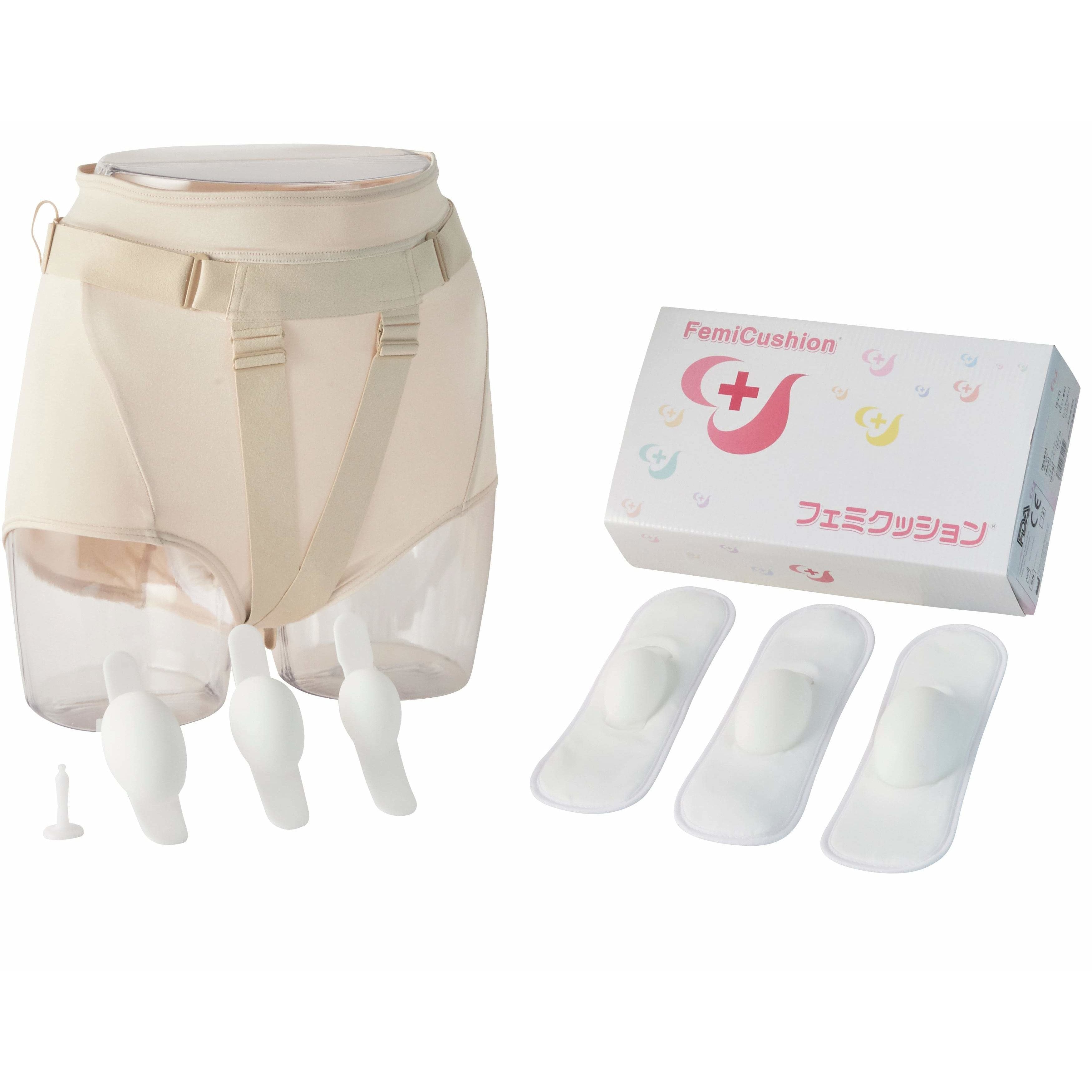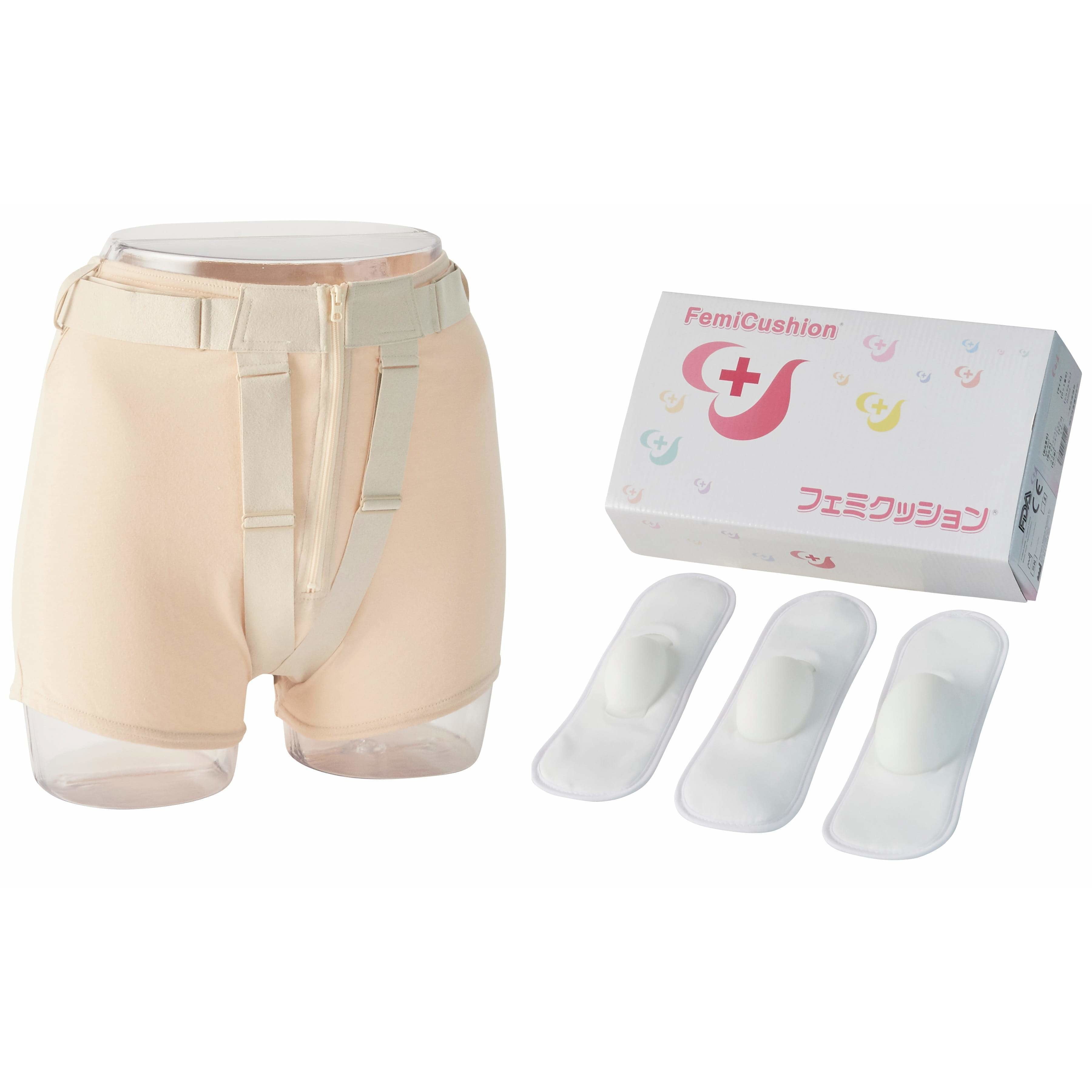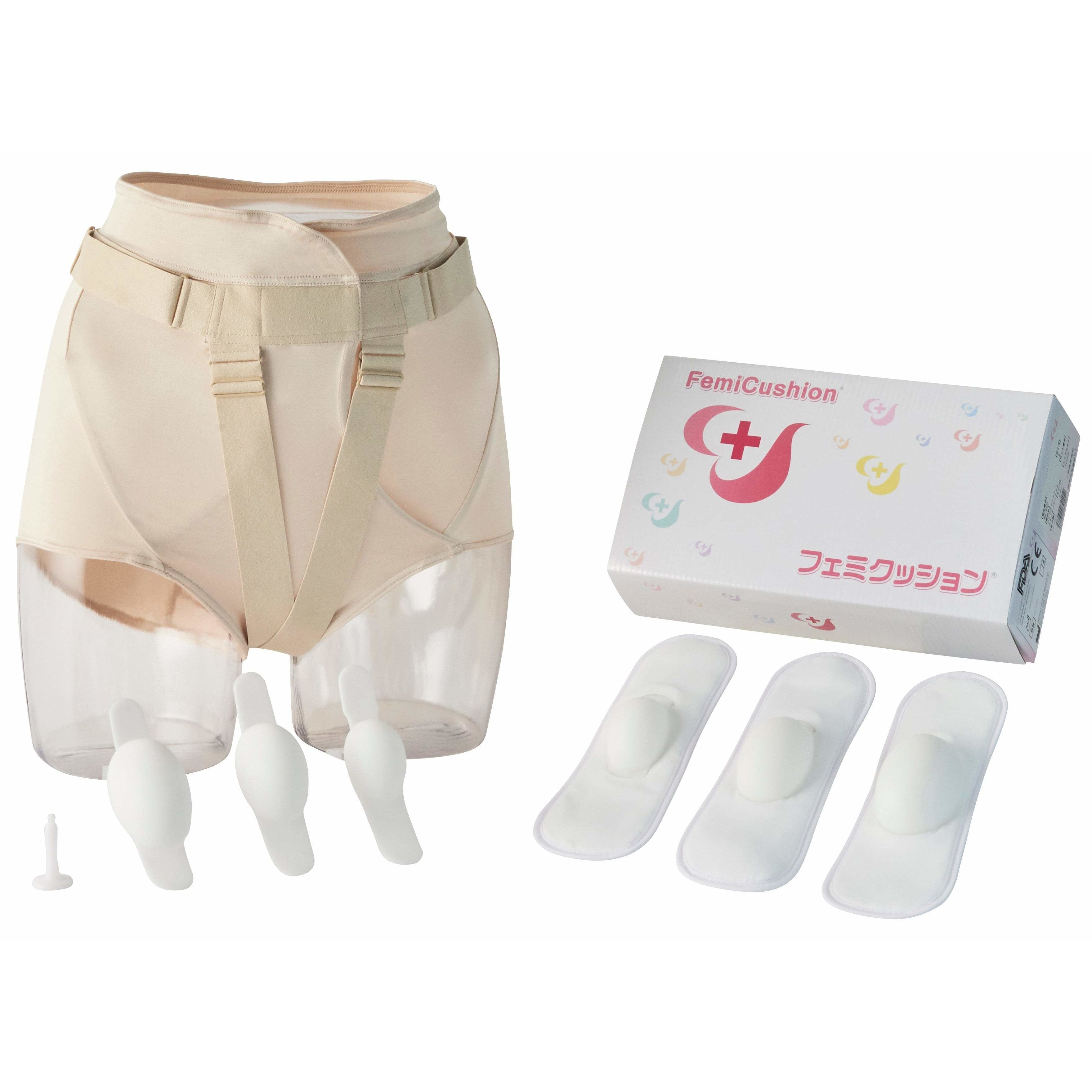When It's Hard to Go: Understanding Difficulty Urinating Symptoms and Treatment
Table of Contents

Difficulty urinating, also known as urinary retention and urinary hesitancy, is a common condition where a person experiences trouble passing urine. This condition can affect people of all ages and genders. This condition can occur due to various underlying conditions like diabetes, multiple sclerosis, or Parkinson's disease. In males, they may experience difficulty urinating due to an enlarged prostate gland or prostate cancer. Whereas females may experience urinary difficulties due to pelvic organ prolapse resulting from bodily stresses like pregnancy, childbirth, and aging. Urinary difficulties can also result as side effects of certain medications. In addition, scar tissue formed after surgery or trauma can block urine flow. This article will discuss the causes and symptoms of difficulty urinating and available treatment options.
Causes of Difficulty Urinating
There are several factors that can contribute to difficulty urinating. They can affect the urinary system differently and result in different symptoms.
Prostate enlargement: Also known as benign prostatic hyperplasia (BPH), it is a common condition that causes urinary difficulties in older males. In this condition, the prostate gland grows larger and compresses the urethra. It is characterized by a weak urine stream, frequent urge to urinate, and incomplete bladder emptying.
Bladder stones: This is a condition where minerals in urine crystallize to form stone-like masses in the bladder. These masses can cause urinary obstruction, leading to urinary hesitancy, pain during urination, and a frequent need to urinate. This condition can affect people of all ages and sexes.
Urinary tract infections (UTIs): This type of infection occur when bacteria infect any part of the urinary system (i.e. bladder, kidneys, or urethra). UTIs can cause inflammation and swelling, resulting in bladder dysfunction and urinary retention along with pain or burning during urination and cloudy or foul-smelling urine.
Nerve damage: Damage to the nerves that control bladder function caused by medical conditions like multiple sclerosis, diabetes, or spinal cord injuries can cause difficulty when urinating.
Pelvic Organ Prolapse (POP): This condition occurs in females when stresses like pregnancy, hormone fluctuation, and vaginal childbirth weakened and stretch the pelvic floor muscles. As a result, the organs in the pelvic floor like the rectum, uterus, or bladder lose support and slip from their original position and descend down the vaginal canal causing urinary difficulties.
Bowel Constipation: Some people are surprised to hear that bowel constipation can also cause urinary difficulties. If someone is chronically constipated, it can ui pressure on their bladder and make it difficult to empty their urine.
Medications: Antihistamines and decongestants are examples of some medication that can cause urinary retention.
Symptoms of Difficulty Urinating
Common symptoms of difficulty urinating include:
- Frequent urination
- Getting up at night to urinate (nocturia)
- Feeling a need to urinate urgently
- Burning sensation or pain during urination
- Weak urine stream
- Feeling of not being able to fully empty the bladder after urination
- Cloudy or foul-smelling urine
These symptoms can worsen over time as the underlying condition advances and affect your quality of life significantly. Urinary difficulties will not allow you to stay focused, disrupt your sleep, and make you extremely uncomfortable. Therefore, it is important to seek medical help immediately.
Diagnosis and Treatment of Difficulty Urinating
During a consultation, your physician will ask you about your medical history and the symptoms you are experiencing and conduct a physical test to check for any abnormalities. In addition, your doctor may also ask you to get some tests done, like urinalysis, post-void residual volume (PVR), uroflowmetry, blood test, and ultrasounds to identify the underlying condition causing urinary retention, assess its severity, and recommend appropriate treatment options. In special cases, you may also get referred to a urologist if further evaluation and management of the condition is required.
Depending upon the underlying condition, your doctor may suggest various treatment options, such as:
Medications: Medications such as alpha-blockers or 5-alpha-reductase inhibitors can help relax the muscles in the prostate and bladder neck, making it easier to urinate. Your doctor may prescribe antibiotics for treating the underlying infection.
Catheterization: A catheter (a thin tube) may be inserted through the urethra to access the bladder to facilitate urination, especially if the bladder is not voiding completely while urinating.
Lifestyle changes: Your doctor will also suggest modifying your lifestyle by avoiding bladder irritants like caffeine and alcohol. Eating a high fiber diet and regular exercising can ease in constipation. Performing pelvic floor exercises to strengthen pelvic floor muscles can also help improve urinary function.
Surgery: Surgical treatment may be required if difficulty urinating is caused due to bladder stones and blockages in the urinary tract.
Time Voiding: Create a predetermined schedule for urination rather than waiting until you feel the urge to go every two or three hours. The goal is to empty the bladder on a consistent basis, preventing it from becoming overly full and reducing the likelihood of urgent and frequent trips to the bathroom or urine leakage.
Taking a Hot Bath: The hot water can help relax the pelvic floor muscle helping to relive pelvic floor dysfunctions.
Lifestyle modifications and medications are generally safe and carry fewer risks than invasive treatments such as surgery. However, these options may not be suitable for everyone. Catheterization is an effective remedy for urinary retention, but it comes with a risk of infection or injury to the urethra. Lastly, surgery might be effective in treating the underlying cause of difficulty urinating, but it also carries risks such as bleeding and infection and needs a longer recovery time.
Lifestyle Modifications and Prevention
Making some changes in your lifestyle can help improve your urinary tract health and prevent urinary difficulties. Here are tips that can help manage the symptoms of urinary difficulties and prevent future issues of the urinary tract:
- Maintaining a healthy weight through a balanced diet and regular exercise can protect the bladder and urethra from excess pressure and help with difficulty urinating.
- Practicing good hygiene, especially after using the bathroom and sexual activities, can help prevent infection and reduce the risk of urine retention.
- Drinking plenty of water can help flush out bacteria and toxins from the urinary tract, reducing the risk of urinary difficulties.
- Avoiding irritants like caffeine and alcohol can also help prevent difficulty urinating.
- Pelvic floor exercises (Kegels) can help strengthen pelvic floor muscles and improve urinary function.
When to Contact a Medical Professional
Experiencing difficulty with urination can be a concerning symptom that might indicate an underlying medical issue. It's important to contact a medical professional such as a primary care physician or urologist if you encounter any of the symptoms previously mentioned. They can conduct a thorough evaluation, order any necessary tests, and provide appropriate treatment or recommendations based on your specific situation. Seeking medical attention early can lead to timely diagnosis and effective management of any underlying conditions.
Conclusion
Difficulty urinating is a common condition that can affect people of any gender and age that can result from various underlying health conditions. If you are experiencing any symptoms of urinary retention or experiencing urinary difficulties, you should consult your healthcare provider immediately. Your doctor will be able to assess the condition and suggest the best course of treatment for your condition.
MRI Evaluation of the Effectiveness of Femicushion
for Pelvic Organ Prolapse
Images are examples of MRI measurements, In experiments with (a) cystocele, (b) uterine prolapse, (c) enterocele and rectocele, and (d) complete eversion, the left image is before using FemiCushion, and the right image is after using FemiCushion.
A clinical study examines patients with stage 3 or 4 POP who underwent treatment using FemiCushion for approximately one month and received a diagnostic MRI. In the study, significant elevation of three sites, the apex of the vagina and anterior and posterior vaginal walls were noted with the use of FemiCushion. The effectiveness of FemiCushion is due to a combination of factors, such as the elevation of the prolapsed organs, as perineal support, and reinforcement of the damaged pelvic floor.

Supervising Doctor of This Article

Koichi Nagao, MD PhD
Professor, Department of Urology, Toho University Faculty of Medicine
Director of Urinary tract reconstruction center, Toho University Omori Medical Center
Director of Reproduction Center, Toho University Omori Medical Center
Professor Nagao specializes in plastic surgery in the field of reproductive medicine. He completed eight years of plastic surgery training at Showa University before majoring in urology at Toho University. With his meticulous surgical techniques and careful examinations that combines urology and plastic surgery, Professor Nagao became a Board Certified Specialist with multiple associations including the Japanese Urological Association, the Japan Society for Reproductive Medicine, and the Japanese Society for Sexual Medicine.
The suggested Products

FemiCushion Standard Deluxe Kit
$299.99

FemiCushion Lite Kit
$249.99

Kit FemiCushion EasyOpen Deluxe
$299.99




